Stem Cell Infusion Therapy
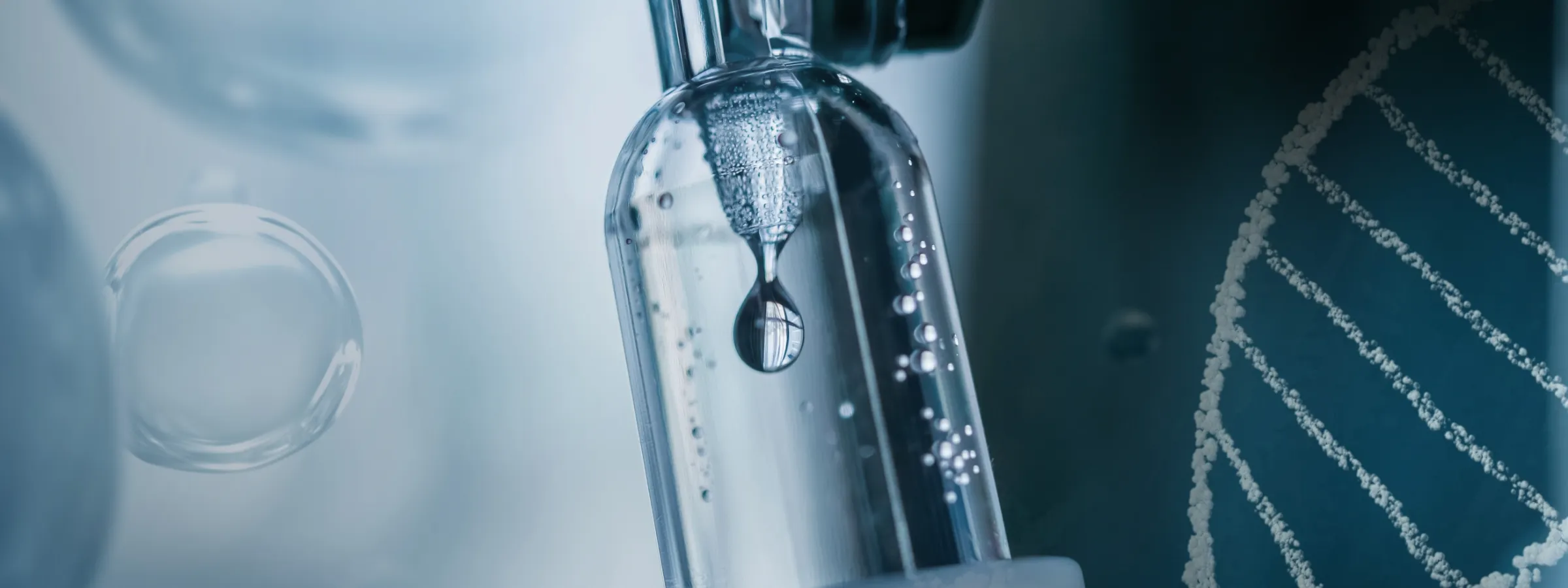
Your own cells are cultured and delivered through IV. This regenerative treatment offers hope for curing and
preventing many diseases while boosting overall health.
Utilizing the tissue repair abilities of stem cells, it restores damaged cells to their original function.
The Power of Cells to Shape the Future
Adipose-derived stem cells are a type of stem cell that can be collected from subcutaneous fat.
They support tissue repair and regeneration when injured and have recently gained significant attention in
regenerative medicine.
They are relatively easy to harvest because they are abundant, and their potential to treat various diseases is
also notable.
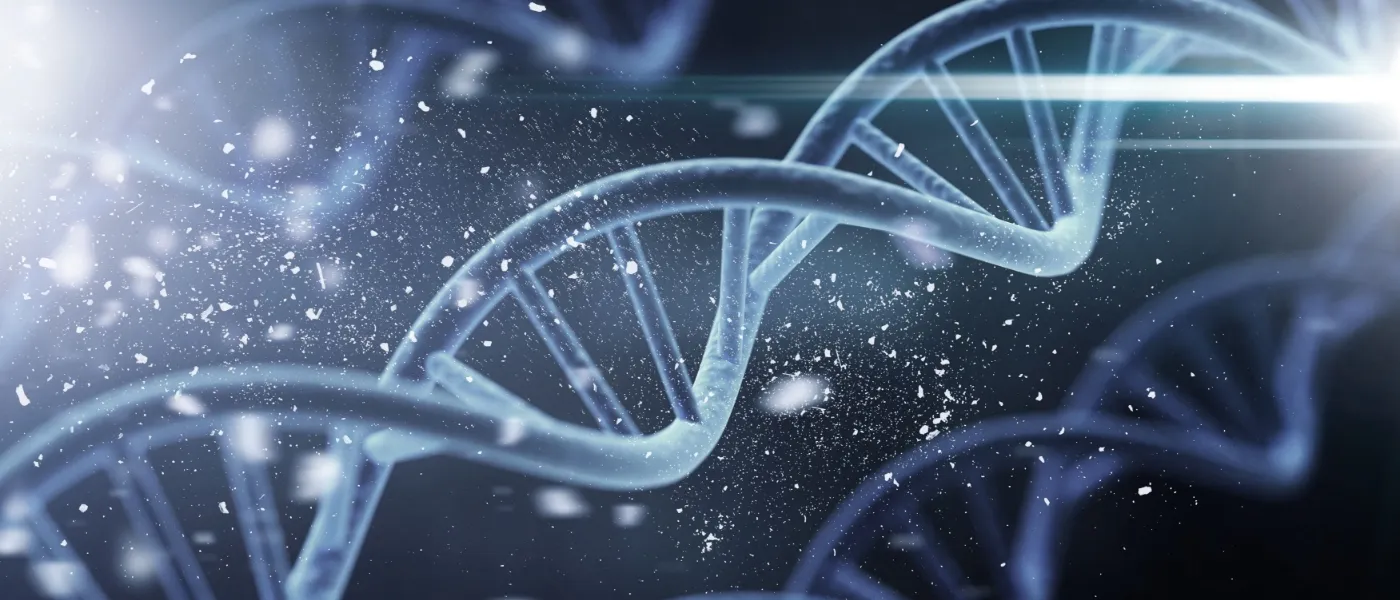
The body's natural repair process
Stem cells injected into the bloodstream migrate to damaged tissues or
disease sites, exhibiting a "homing effect" where they locate and gather at those areas.
In doing so, stem cells can self-renew and differentiate into different cell types. Additionally, they secrete
bioactive substances such as exosomes and growth factors (secretome effect), which strongly support cellular
repair.
In addition to treating various diseases, reports suggest potential for systemic recovery and rejuvenation.
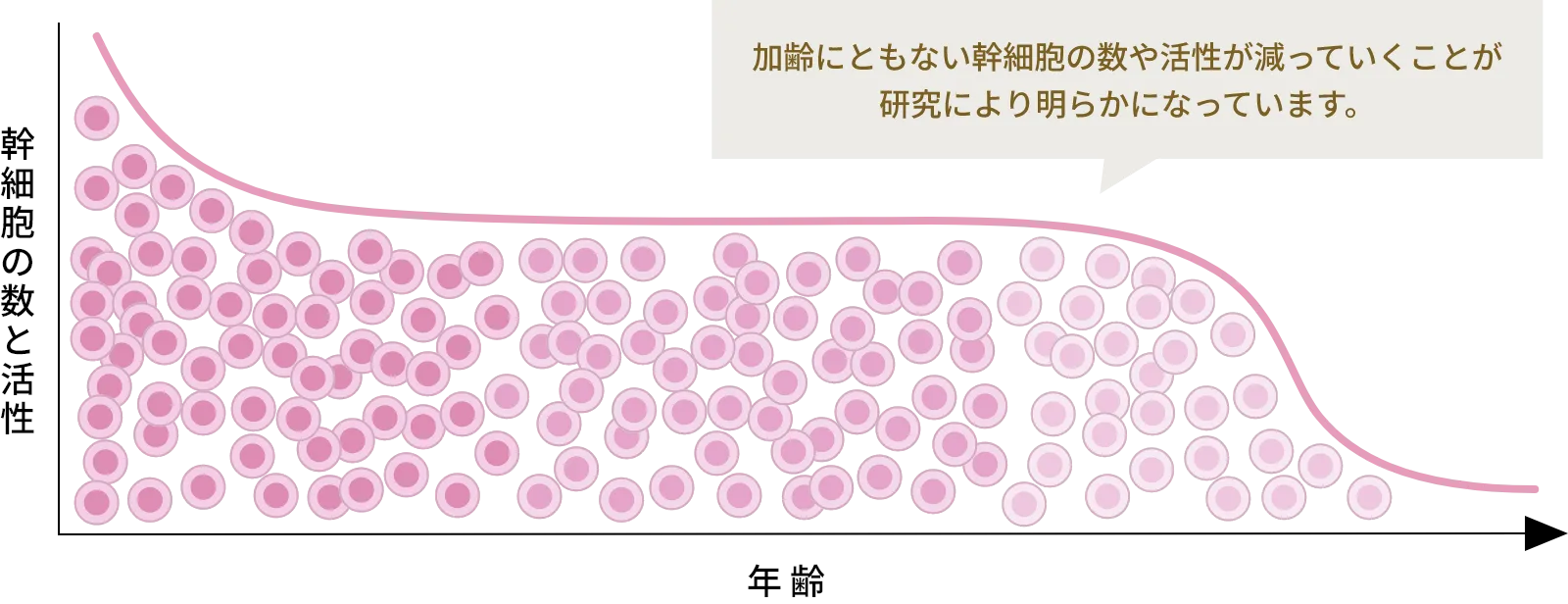
Its potential uses are drawing interest across various fields.
Research on the effectiveness of adipose-derived stem cell therapy is progressing domestically and
internationally. Studies are exploring its use across various fields, such as chronic pain management, joint
issues, heart diseases, neurological conditions, liver ailments, and respiratory illnesses.
Furthermore, these therapies are gaining attention from a preventive medicine perspective for slowing tissue
aging and promoting health, with clinical research being carried out at medical institutions worldwide.
However, their effectiveness for all diseases has not been fully established, so please consult your physician
during a preliminary examination.
Therapeutic Uses of Different Bioactive Substances Secreted by Mesenchymal Stem Cells (MSCs)
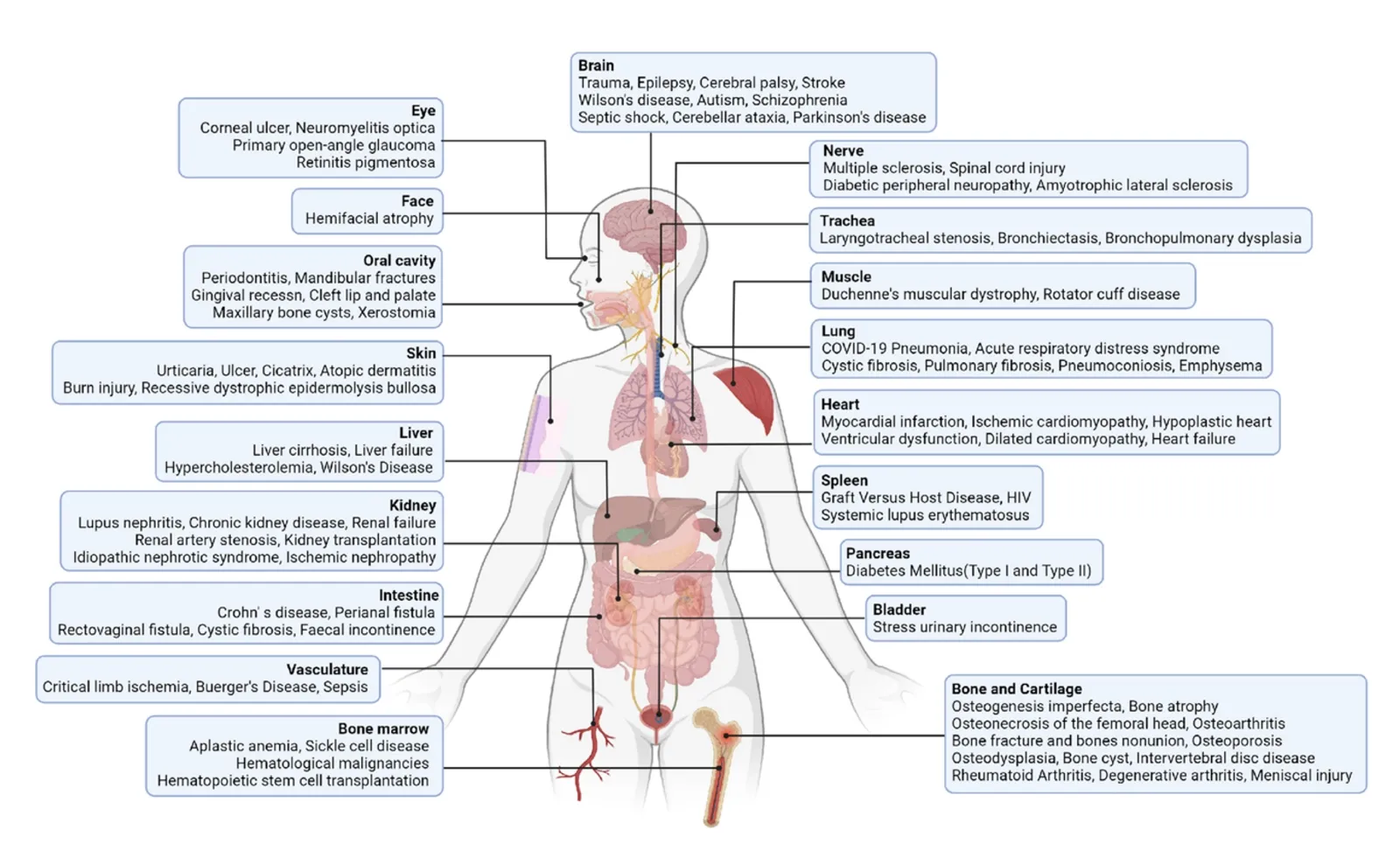
Quoted from Han, Y. Nature, 2022
Pursuing Safety and Effectiveness with "Your Own" Cells
We harvest fat from your body to extract stem cells for treatment.
Unlike cells from another person (allogeneic cells), autologous cells carry a very low risk of rejection and
lower infection risk, making this a very safe treatment. Additionally, allogeneic cells can be rejected by the
body, which can limit their effectiveness. When their use is necessary, immunosuppressants are often needed
simultaneously.
Using your own cells allows for treatment that ensures both safety and effectiveness.
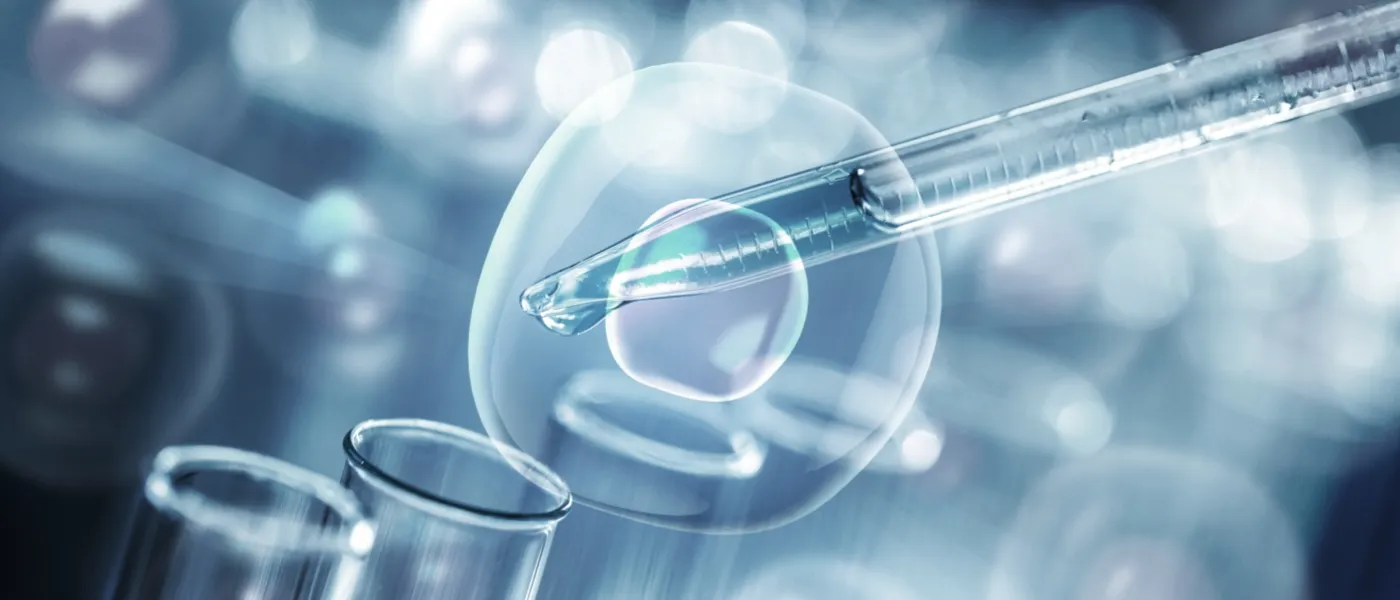
Strict Cell Quality Control
Since stem cell quality directly affects treatment effectiveness, our facility enforces strict quality control
per international standards within a large-scale cell processing center.
We thoroughly perform various safety tests, including sterility, endotoxin, and mycoplasma testing. Cell
purity is essential. Although stem cells can differentiate into multiple cell types, they may transform into
other cells with different therapeutic effects during culture.
Therefore, we test for specific proteins identifying stem cells to ensure they are therapeutic.
Through this rigorous quality control, we ensure sufficient cell counts, high survival rates, and purity.
Before treatment, we always provide a Cell Quality Certificate with this data so you can receive your
treatment confidently.
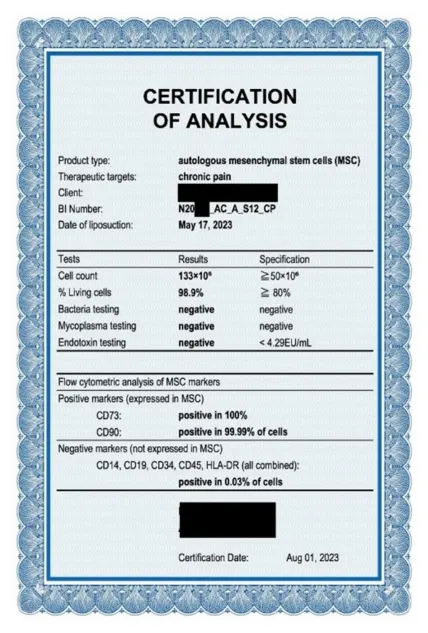
Pursuing the Ultimate in Personalization: Your Own Custom Approach
Since stem cell infusion therapy uses your cells, it is considered personalized medicine from the
beginning of creating a treatment plan tailored to each individual. Our clinic offers even more highly
customized regenerative medicine.
Stem cells don't have the same effect on everyone right after administration. Your body's condition must be
properly optimized for these delicate cells to repair tissues after administration effectively.
Our clinic uses many specialized preemptive medical tests to evaluate bodily states that routine examinations
can't detect accurately. Based on this, our expert physicians, with deep knowledge of stem cell characteristics,
consider every medically possible option to maximize treatment effectiveness.
Experience the careful "personalization of regenerative medicine" enabled by our exclusive environment.
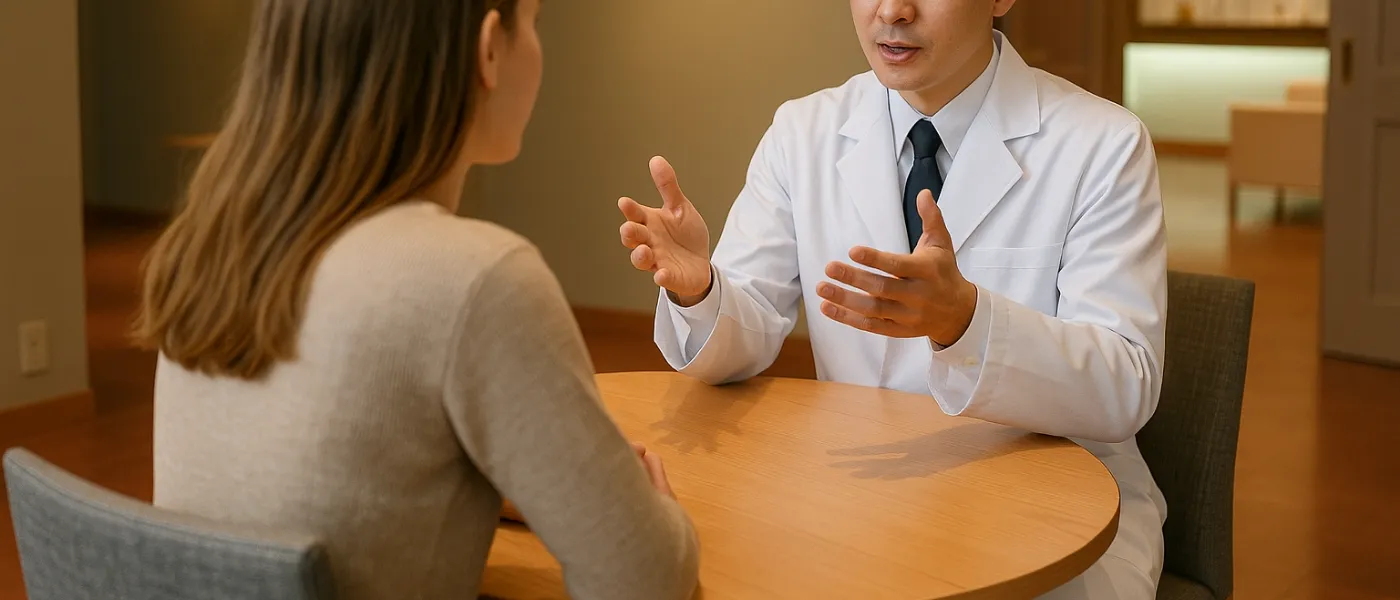
A Reassuring Treatment Approach
First, a physician performs a thorough consultation to develop a personalized treatment plan to maximize
effectiveness. Online consultations are also available for patients traveling from overseas or remote
areas.
Certified liposuction physicians perform fat harvesting to prevent cell damage during tissue collection. After
confirming a pain-free environment with local anesthesia, approximately 10ml of fat tissue is collected in a
20-minute procedure. Patients traveling from afar can stay at a hotel, allowing them to receive treatment with
peace of mind.
The initial treatment requires a 6-week preparation period for cell culture. Subsequent administrations can be
scheduled up to 3 weeks to ensure the culture is ready. A single fat collection can support up to 11
administrations.
The intravenous infusion takes approximately an hour. Relax and enjoy your treatment in our hotel-based
clinic's comfortable, unique environment.
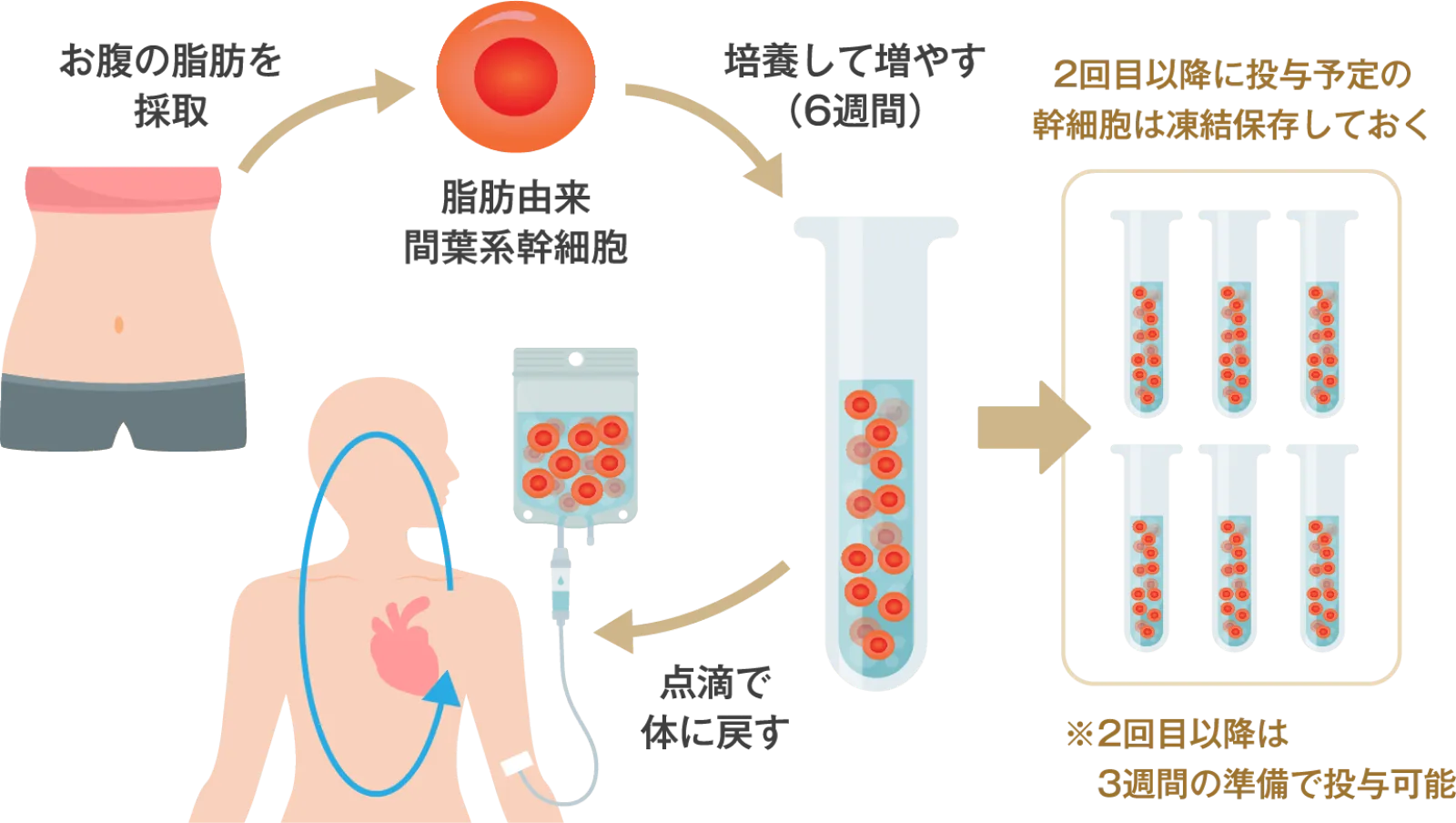
Treatment Process
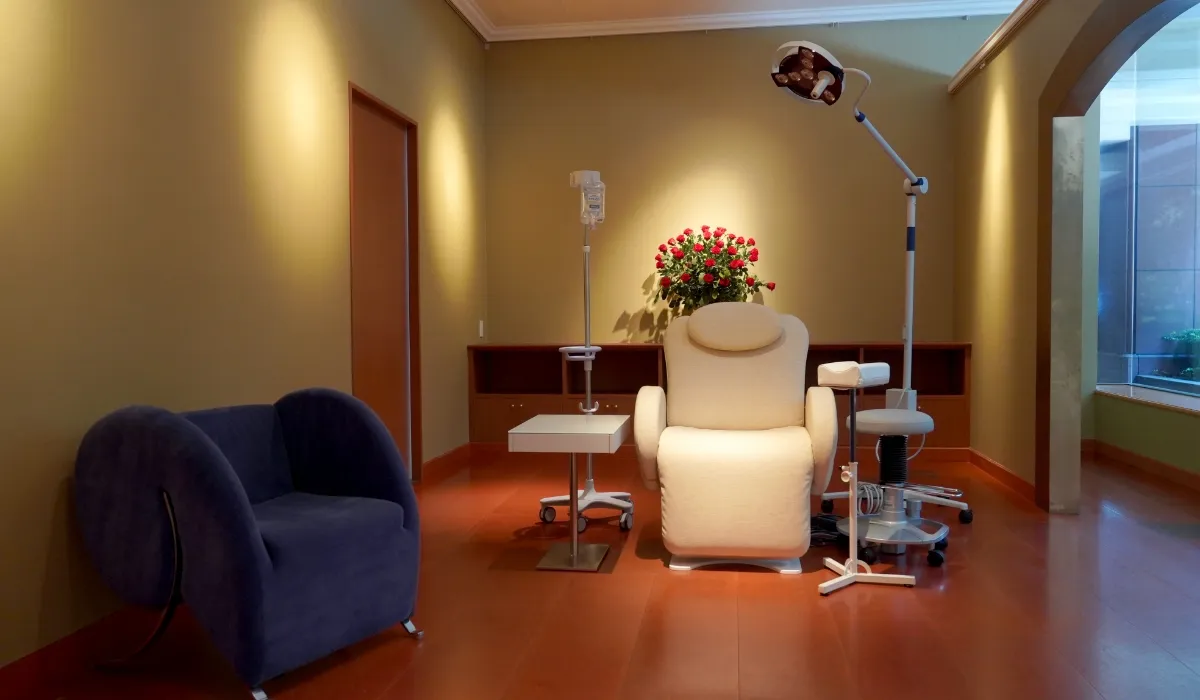
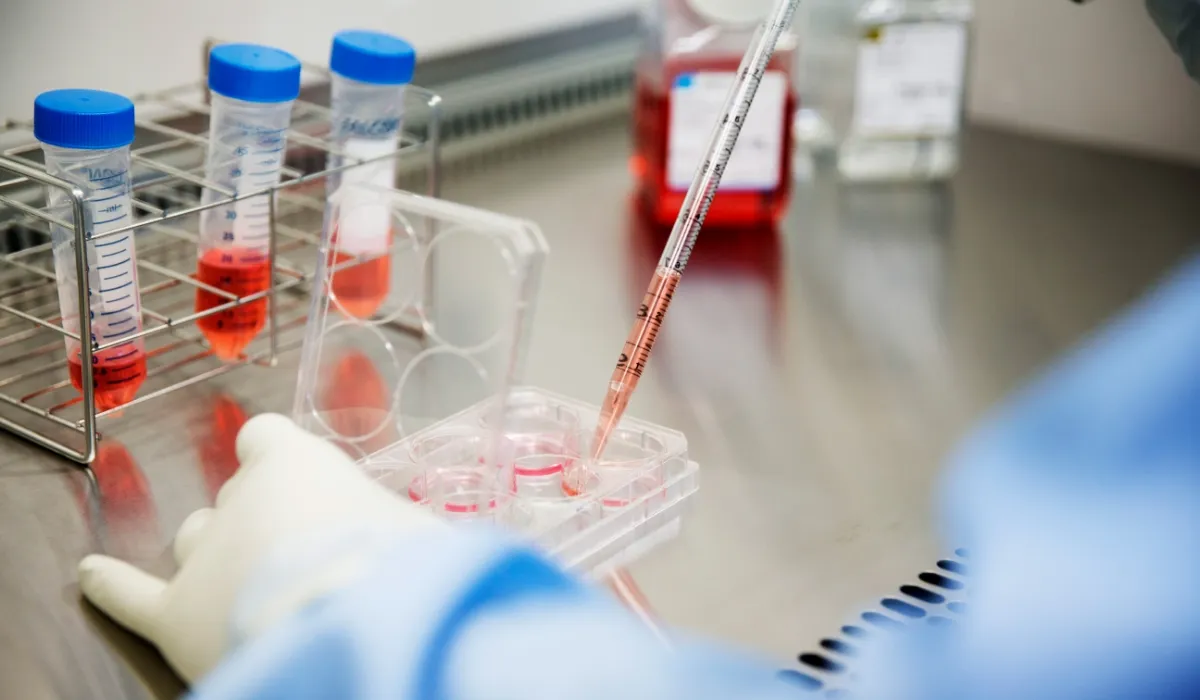
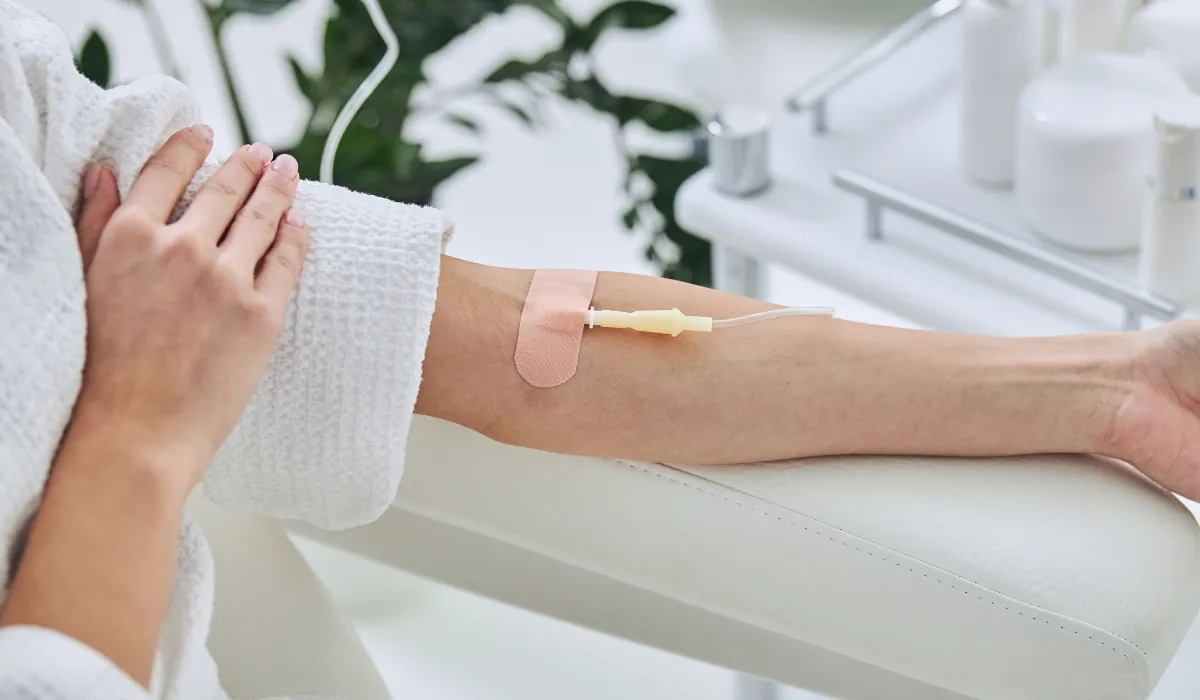
Harvesting Abdominal Fat
A small amount of fat tissue is taken from the subcutaneous fat in the
abdomen. A specialist doctor removes it using liposuction through a tiny incision in the abdomen, leaving
almost no visible scar.
Approximately 10 ml of fat tissue can provide enough stem cells for 11 intravenous infusions.

Cultivating Stem Cells
At the Cell Processing Facility (CPF), adipose-derived stem cells are isolated and cultured under strict conditions. The culture process takes about 6 weeks to achieve the necessary cell quantity for the initial treatment. Stem cells are cryopreserved, and subsequent stem cell treatments can be prepared within a 3-week culture period.

Administering stem cells
Administer adipose tissue-derived stem cells through intravenous infusion. To ensure safety, a physician performs the infusion under strict safety protocols, following administration methods and timing in accordance with the Regenerative Medicine Provision Plan.

Treatment Frequency and Suggested Number of Sessions
Based on your symptoms and treatment goals, we suggest the proper treatment schedule
and the number of sessions you may need during your consultation.
Typically, for cases with severe underlying conditions or noticeable symptoms, we recommend relatively frequent
treatments, about once a month. For milder symptoms or when the primary goal is prevention, regular IV infusions
every 2-3 months are common. However, since adverse effects like symptom worsening due to longer intervals are
unlikely, we will discuss a treatment plan that fits your schedule without causing undue strain.
Additionally, if you are already receiving standard treatment for the underlying disease, such as oral
medication, we strongly recommend continuing this treatment alongside the stem cell infusion therapy. Do not
stop standard treatment based on your own judgment.
When dealing with lifestyle-related diseases like diabetes, hyperlipidemia, or hypertension, it is essential to
improve lifestyle habits such as diet and exercise simultaneously to boost and sustain treatment effectiveness.
Fees
幹細胞数:約1億個、点滴投与
1回1 ¥4,400,000
3回コース2 ¥9,900,000
6回コース2 ¥18,000,000
11回コース3 ¥29,700,000
※1 診察料・脂肪採取・血液検査料込み
※2 1回でのお申し込みの場合、1年間の細胞保管料が含まれ、コースでのお申し込みの場合、5年間の細胞保管料が含まれます。
上記の細胞保管期限後は以下の年間保管料がかかります。
1〜5回治療分 55,000円
6〜10回治療分 110,000円
※5 本治療は公的医療保険の適用外(自由診療)です。
Important Notes Potential Risks and Side Effects
| Related to fat tissue harvesting | bruising, swelling, postoperative infection, postoperative scarring, etc. |
|---|---|
| Related to stem cell administration | pain at the injection site, allergic reactions, pulmonary embolism, etc. |
Frequently Asked Questions
-
How long does it take until the first dose is administered?
It takes 6 weeks for cell culture from fat collection to the first administration. For the second and later administrations after cryopreservation, a 3-week preparation period is necessary.
-
How many treatment sessions are needed?
Treatment can begin with just one session. One fat collection can yield around 11 intravenous infusions. Please discuss with your doctor the number of sessions and intervals that best suit your symptoms and goals.
-
Are there any side effects or risks?
Possible side effects include bruising, swelling, post-operative infection, and scarring during fat harvesting. During administration, injection site pain, allergic reactions, and pulmonary embolism have been reported. While we implement thorough safety protocols, please consult your physician if you have any concerns.
| Approval under the Pharmaceuticals and Medical Devices Act | Not approved(Submitted to the Minister of Health, Labour and Welfare under the Act on the Safety of Regenerative Medicine, etc.) |
|---|---|
| Source | Mesenchymal stem cells harvested from the patient's abdominal or other adipose tissue, cultured, separated, and purified at a domestic cell culture and processing facility. |
| Existence of domestically approved pharmaceuticals | No domestically approved pharmaceuticals have equivalent efficacy |
| Safety Information in Other Countries | Numerous clinical studies have been conducted in the United States, Europe, South Korea, and other countries, indicating a relatively favorable safety profile for mesenchymal stem cells. Reported side effects primarily include pain at the injection site, fever, headache, and fatigue. The incidence of serious adverse events is considered low. However, individual responses vary, and in sporadic cases, serious side effects such as vascular embolism may occur. |






